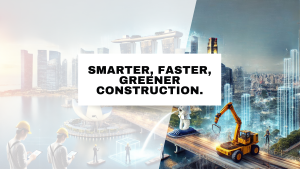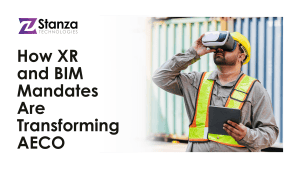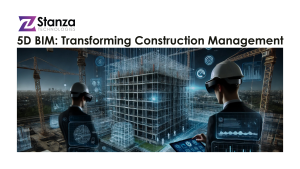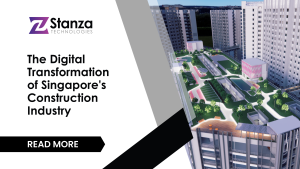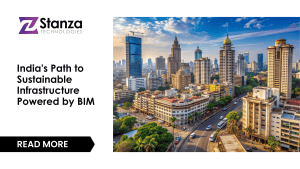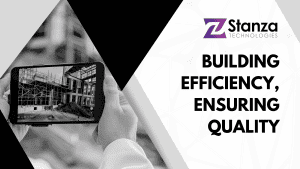Enhancing Urban Design and Infrastructure
BIM’s integration in smart city planning revolutionizes urban design. It allows architects, engineers, and planners to create accurate 3D models of buildings, roads, utilities, and public spaces. This comprehensive view promotes better understanding and coordination among stakeholders, resulting in optimized infrastructure design that factors in elements like traffic flow, energy efficiency, and accessibility.
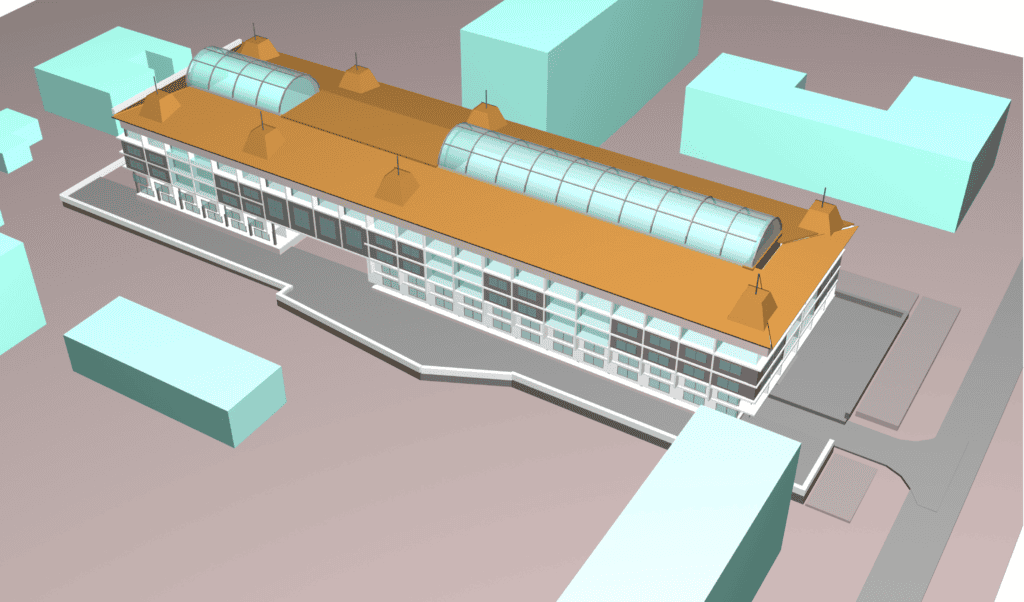
Data-Driven Decision-Making
Smart cities rely on data to drive decision-making. BIM’s integration with real-time data feeds and sensors empowers planners to make informed choices based on real-world information. For example, BIM can model pedestrian traffic patterns and predict future trends using historical data, assisting in designing efficient walkways and public transportation systems.

Facilitating Collaboration
Collaboration is critical to successful smart city planning, involving various stakeholders, from government bodies to private developers. BIM‘s interoperability facilitates a seamless exchange of information among different software applications, enabling a holistic approach to urban design.
Sustainability and Resilience
Sustainability and resilience are core principles of smart city planning. BIM‘s ability to model energy consumption, water usage, and waste management contributes to designing eco-friendly and resource-efficient urban spaces. Additionally, BIM can simulate disaster scenarios, aiding in the creation of resilient infrastructure capable of withstanding natural and man-made crises.
Digital Twins: Realizing Urban Potential
Digital twins, virtual replicas of physical assets, are gaining prominence in smart city planning. BIM serves as the foundation for creating and maintaining these digital twins, enabling real-time monitoring and analysis of urban infrastructure. By comparing the digital twin with real-world data, authorities can make informed adjustments to enhance urban functionality.

The integration of Building Information Modeling (BIM) in smart city planning is a game-changer, redefining urban development. BIM is reshaping cities into smarter, more resilient, and livable spaces by fostering collaboration, supporting data-driven decisions, and promoting sustainability. As technology continues to advance, BIM‘s role in shaping the future of urban development is poised to become even more indispensable, propelling cities toward a future of innovation and progress.

